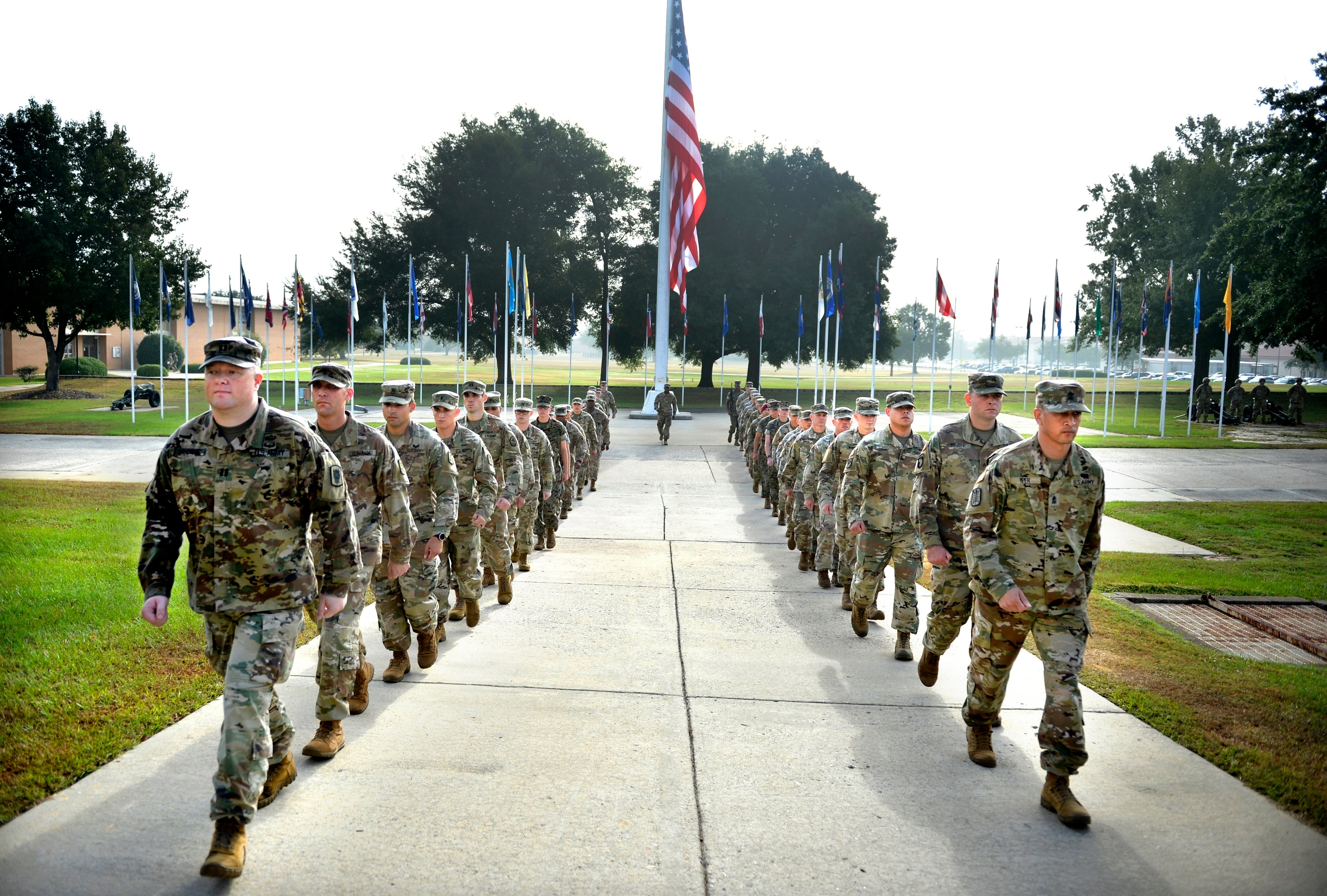The air war in Afghanistan is heating up again, thanks to the resurgence of the Taliban and its terrorist splinter groups.
Just one month into 2016, Afghanistan has already dropped the most weapons since 2013, with almost 130 weapons released, according to the latest U.S. Air Forces Central Command statistics.
Comparable months were between August and October in 2015, when each month hit the triple digits in weapon releases for the entire year; October saw 203 bombs dropped — the highest overall — coinciding with the time the Taliban overran the city of Kunduz, marking the first time fighters displaced Afghan forces and took hold of a major city since 2001.
U.S. officials are struggling to figure out how deeply the U.S. should be involved in Afghanistan, where terrorist groups are swallowing more territory every day. Afghan forces have been working tirelessly to defend territories in Helmand province and beyond — but it's clear U.S. airstrikes are becoming a main component in their defense.
American pilots have already flown 422 close-air support sorties in 2016, the data shows. In 2015, air support missions in response to Operations Freedom Sentinel and Resolute Support — the Defense Department and NATO's labels for missions in Afghanistan — totaled over 4,600.
While airpower cannot be the only answer to subvert the enemy, it's a great tool for deterrence, retired Army Maj. Jason Howk told Air Force Times.
The slight increase in strikes is likely because the "Afghan forces have been asking for more; they're seeing the targets and they've had [U.S. forces] beside them now...for so long, they know the value of airstrikes when used properly," Howk, the former Aide de Camp to Gen. Stanley McChrystal in Afghanistan, said Tuesday.
"There are also more targets," Howk continued. "With ISIS trying to get a foothold in there, al Qaeda taking advantage of us thinking the U.S. has such a big focus on ISIS, and then the Taliban...those are the big reasons why."
The Afghan fight, however, no matter what generals or officials in Washington set their sites on, will not be the anti-Islamic State initiative, as the juxtaposition of both campaigns is evident:
Already in 2016, more than 2,600 weapons have been released against ISIS under Operation Inherent Resolve, AFCENT numbers say. Pilots in January flew 1,919 close-air support missions, where 1,002 of the sorties had at least one weapons release.
That roughly costs the American taxpayer $11.2 million per day, according to 2015 statistics, with the Air Force taking on the brunt of the spending with $7.7 million a day.
The Pentagon, in it’s unveiling of the fiscal 2017 budget on Tuesday, is asking Congress for a 50 percent bump, from $5 billion to $7.5 billion, for anti-Islamic State group efforts overall. In contrast, funding for operations in Afghanistan ticked down $1.2 billion, from $42.9 billion to $41.7 billion.
But don’t look at it as wasted effort, Howk said.
"There has been a steady request from commanders to get more airstrikes, or the freedom to request more airstrikes, in support of Afghan forces and not just in support of our own counterterrorism operations," Howk said, pointing to a recent Washington Post interviewwith Gen. John F. Campbell, commander of U.S. and NATO troops in Afghanistan.
"Afghanistan is at an inflection point," Campbell said during testimony before the House Armed Services Committee on Feb. 2. "I believe if we do not make deliberate, measured adjustments, 2016 is at risk of being no better, and possibly worse, than 2015."
With strikes on the rise, "we’re out looking for targets, we’re plotting it out so we don’t waste ammunition," Howk said. (By comparison, for all of 2015, there were 411 sorties in Afghanistan with at least one weapons release). "And it isn’t even Spring yet," Howk said.
Oriana Pawlyk covers deployments, cyber, Guard/Reserve, uniforms, physical training, crime and operations in the Middle East, Europe and Pacific for Air Force Times. She was the Early Bird Brief editor in 2015. Email her at opawlyk@airforcetimes.com.





